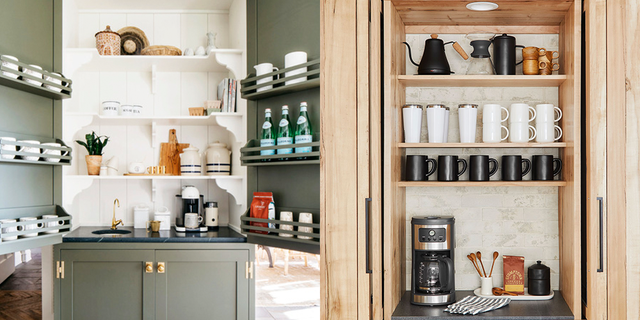While it’s not as common as in the past, a good many people still faithfully attend their local church. And in the more traditional churches, there’s a good bit of cleaning to be done. Those of other faiths can skip this article or make mental corrections as appropriate to your place of worship.
The focal point of a traditional church (e.g. Anglican, Catholic, Presbyterian, Methodist) is the altar, so it’s vital that this be kept clean, in spite of the combination of things that conspire to make a king-sized mess. But don’t panic if you see your name down in the pewsheet this week for cleaning. It can be done – with natural methods.
The altar cloth and other nearby bits of fabric are prone to getting beeswax and even red wine spilt on them. Very “high” Catholics and Anglicans have a simple solution to spilt communion wine: burn the item to avoid sacrilege. Those who have other opinions about what happens during communion/mass have a house cleaning Barrie job on their hands.
Get hold of the site of the spill as soon as possible – either Sunday night after eveningsong or first thing on Monday morning, as red wine leaves a stain like scarlet and red as crimson when you want it to be as white as snow. A good soak in white wine is the best option, as it will dilute the red wine, allowing it to be washed out. If the stain still is as filthy rags, dab lemon juice onto the spot and expose it to strong sunlight to bleach it. Wash again.
Beeswax is also hard to remove from an altar cloth (or any white tablecloth, for that matter). Scrape off as much as possible with your fingernails. Next, take the cloth and put a good wodge of loo paper or paper towels above and below the mark. Get an iron as hot at the cloth will handle it and hold this over the spot. Melt the wax and let it absorb into the cloth. Treat any remaining marks by dabbing the spot with glycerine and washing in warm water.
Bits with embroidery need very careful handling and should be spot-cleaned extremely gently. Only clean visible dirt. If the whole thing looks a bit dull and drab, then lay the item flat and spray it with warm water. Rub a little soap over the item, using a very soft bristle brush to clean make a light lather. Keep the item flat. Rinse by spraying more fresh water over the item – as much as possible. Dry flat. Alternatively, this is one time that you can get it dry cleaned.
To polish brasses (candlesticks, vases, crosses, etc), mix up a paste of salt and vinegar. Apply it to the brasses and leave it to sit. Then scrub gently, either with a cloth (candlesticks) or a soft toothbrush (exquisitely carved lecterns in the shape of an eagle, with lots of fiddly bits). Rinse of the residue with a cloth soaked in fresh water.
To clean silverware, make a paste of baking soda and apply this to the silver. Wrap the item in aluminium foil. Dip it into warm water and leave it to sit. Unwrap and rinse off the baking soda. Dry very thoroughly.
It certainly wouldn’t hurt for the church to hire a professional cleaner to give everything a good going over, including carpet cleaning service, on an annual basis. The most appropriate day for doing so would be June 1st, which is the day taken by the Catholic church as a memorial for St Theobald of Vico, Patron Saint of Church Cleaners. Other potential days are those dedicated to the patron saints of laundresses, namely St Claire of Assisi (11th August), Saint Hunna the Holy Washerwoman (15th April), St Lawrence of Rome (10th August), St Martha (29th July – she is also patron saint of housemaids, butlers, housewives and domestic servants) or St Veronica (12th July).







